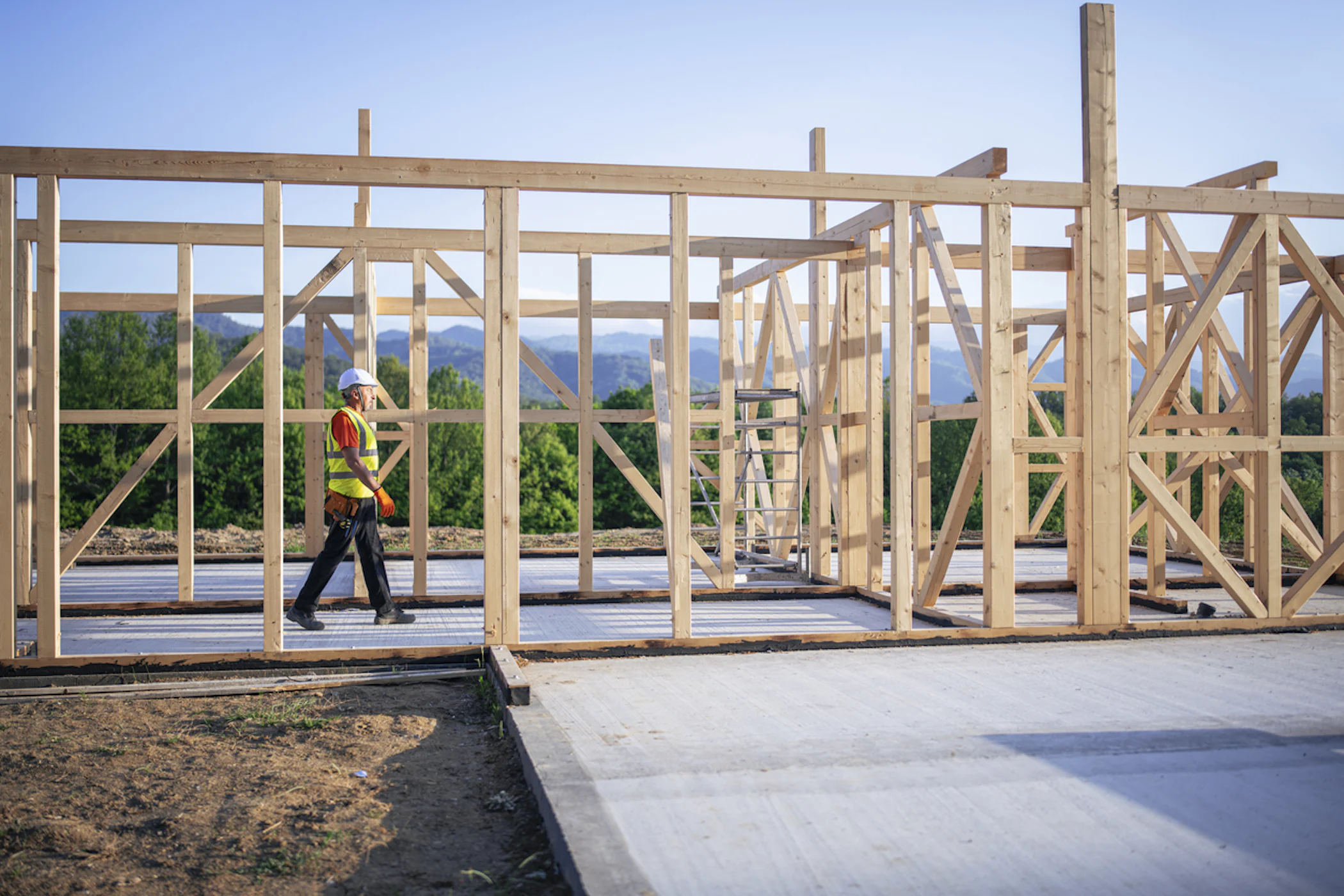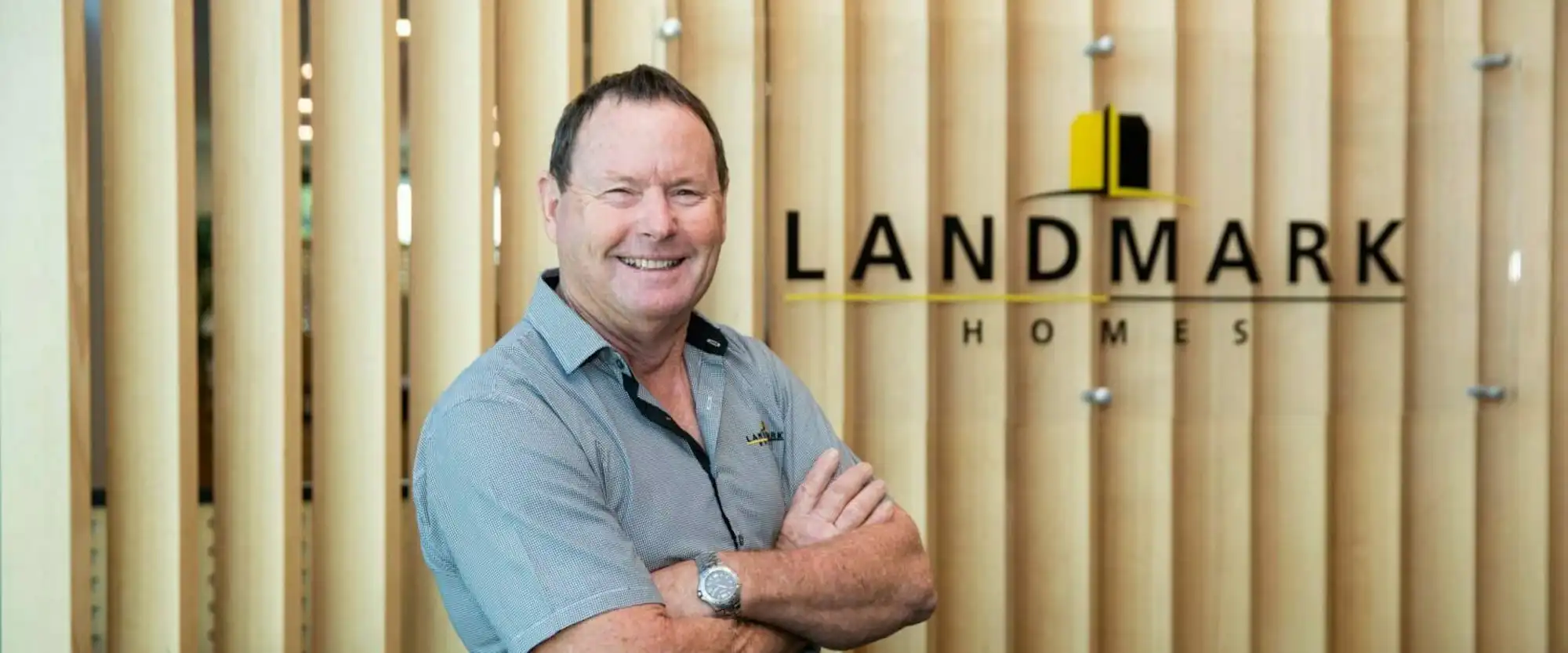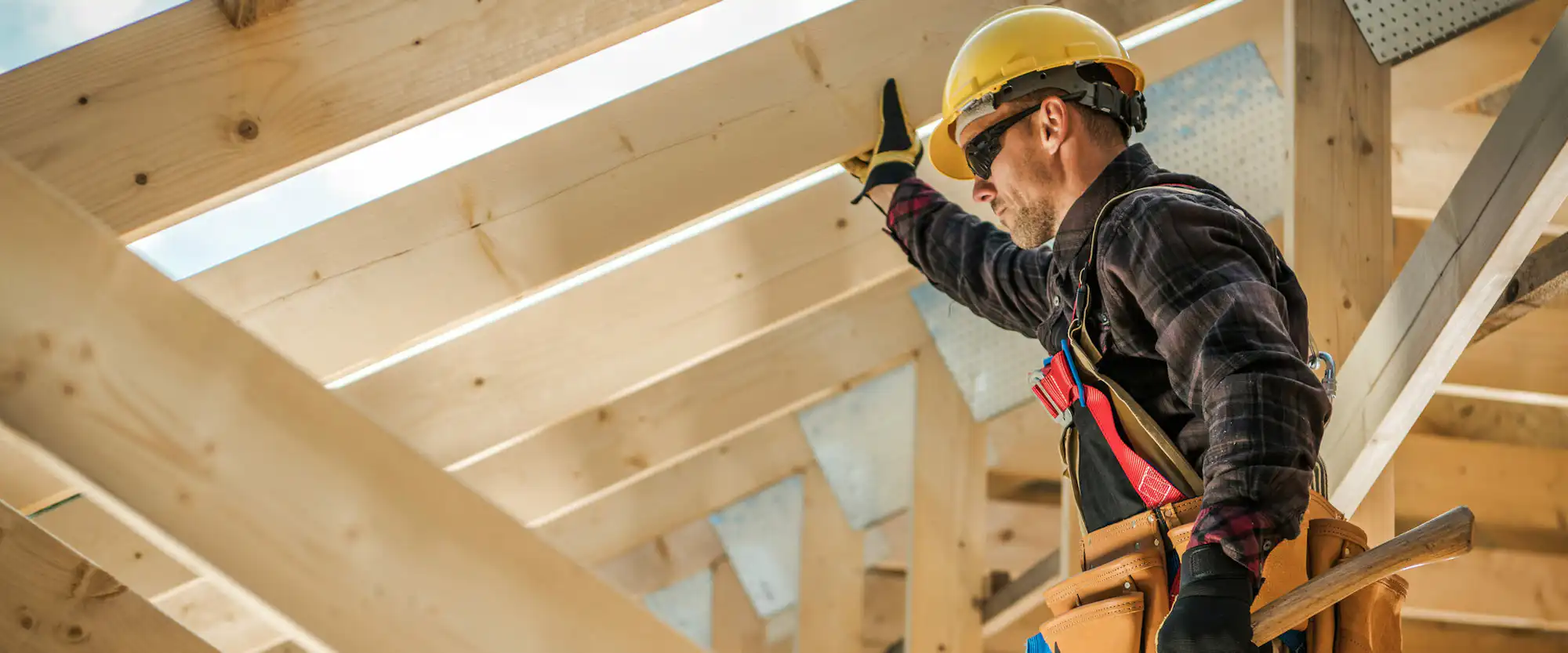Earlier this year, new Building Code standards began to come into effect. So what does that mean to those planning a new build? We take a closer look at the changes and how Landmark Homes is helping clients manage them.
New building standards - Your questions answered

Why have the insulation standards changed?
In 2021 the Government updated the Energy Efficiency (H1) requirements in the New Zealand Building Code. The bulk of these new regulations came into effect in May 2023, which means all building work in homes (and buildings under 300m2) must now meet the insulation performance requirements for wall, floor, and roof insulation.
As we know, homes that are damp and mouldy from poor ventilation negatively impact our respiratory health. The new changes are designed to reduce the amount of energy needed to sufficiently heat your home. The updated standards were created after in-depth consultation with the building industry including builders, designers, and architects. The result will mean warmer, drier, healthier homes with less impact on the environment.
What are the new standards?
One of the key changes is that new homes must now meet a minimum R-value (a measurement used for insulation - R stands for thermal ‘resistance’) for walls, windows, ceiling, and underfloor insulation. Essentially, it means that significantly more insulation will be required.
In addition, New Zealand has been split into six climate zones. The aim of this is to ensure that homes are insulated to suit the climate of the area they’re built in. A coastal bach in Hawke’s Bay is in a very different climate to that of a holiday home in Northland, so the insulation requirements will reflect that.
In the old rules, there were just three climate zones. Zone 1 was from Auckland/Coromandel North. Zone 2 was the rest of the North Island excluding Taupō/Mt Ruapehu area. Zone 3 was that area and the entire South Island. Now, however, each island has multiple zones.
Will the new standards increase building cost's?
The new standards will require additional materials and changes to construction methods in order to meet compliance. Inevitably, these changes will have an impact on the cost of building a new home.
One of the notable cost increases comes from the requirement for thermally broken joinery and Low-E glass. The process of manufacturing thermally broken joinery and incorporating Low-E glass means an increase of around 30% in the price of joinery.
How is Landmark Homes helping clients manage cost's?
At Landmark Homes, we are committed to designing and building homes that not only meet the new standards but exceed them. Using the most cost-effective, innovative products, we create homes that are warm, dry, healthy, and efficient to heat.
Unlike independent builders, our ongoing, nationwide home-build projects mean we have strong relationships with our suppliers. We’re always aware of any supply chain issues or price changes in building and design. That means we’re able to take immediate steps where possible to mitigate and minimise those costs for our clients.
A clever Design and Build is the most cost-effective solution to building your own home. Not only does it give you the option of creating the bespoke home of your dreams, but it means you only pay for the things you want and nothing you don't.
The best time to build is right now
The price of construction will never be more affordable than it is today. As we continue the journey toward creating increasingly energy-efficient homes using higher standards of materials and construction, prices will inevitably rise.
When you build with Landmark Homes, you’re working with trusted experts who have the skill and experience to create the home you’ve always wanted, while minimising unnecessary costs.
Our expert team will guide you every step of the way. And of course, you can trust that the new regulations will be well and truly met as we craft your dream home.
Take the first step and contact your friendly local Landmark Homes team today.
Related Articles

How we’re navigating supply chain issues
May 12, 2023 News 3 min read
Let’s face it, a looming recession, combined with increasing interest rates and supply chain...

Why now is the best time to start your Landmark building journey!
Jun 12, 2023 Building Tips 4 min read
As we settle into 2023, with rising inflation it's not unexpected that many people are...

Building Landmark Homes for 45 years
May 12, 2023 News 4 min read
Their vision to build houses that offered something more exciting than just the average home saw...

